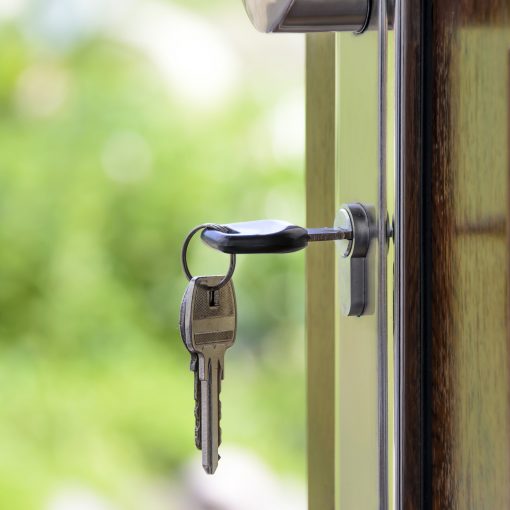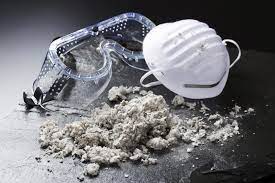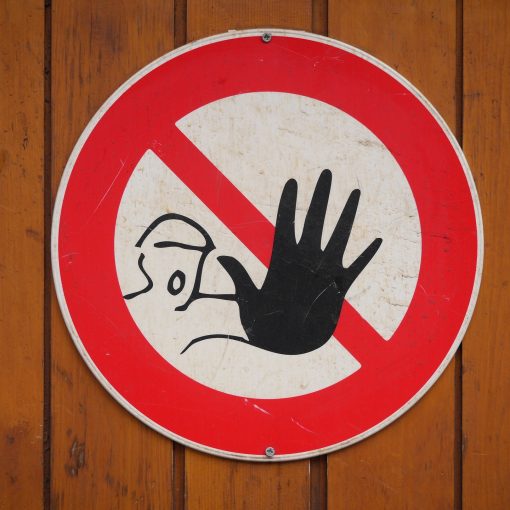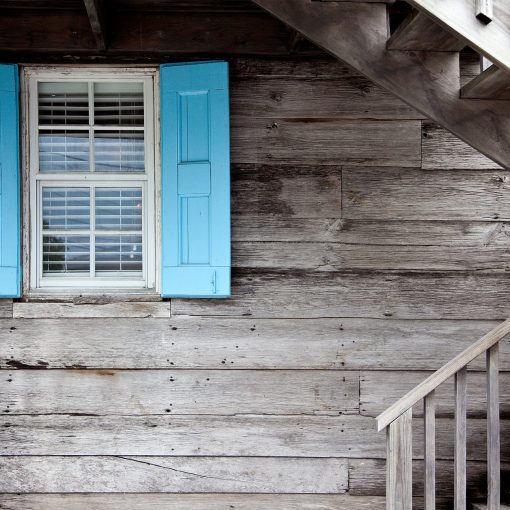Asbestos tiles
For a long time considered a miracle material, asbestos was used massively for decades, for example in paint, brake discs, drywall, pipes, ceilings or floor tiles. This popularity was due to its properties: its resistance to heat, electricity and fire, as well as its soundproofing properties made it an extremely useful material.
Unfortunately, asbestos also, and above all, poses numerous health risks. It is still one of the main causes of work-related deaths.
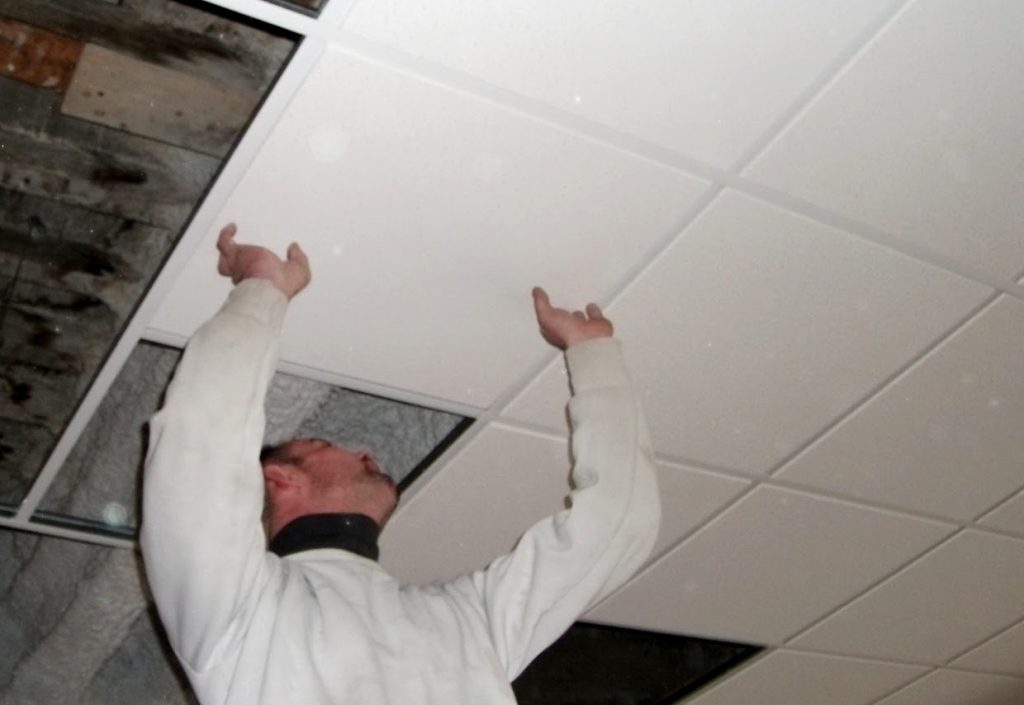
Why are asbestos tiles a concern these days?
L'asbestos is a very brittle and friable material. The slightest alteration can therefore break it down, releasing particles into the air so small that they are invisible to the naked eye. These particles can remain airborne for long periods of time, and can circulate through a ventilation system.
How dangerous is asbestos in a slab?
When inhaled, asbestos particles will lodge in the lungs, where they will cause irritation that will, in time, degenerate into serious chronic diseases. The human body does not know how to eliminate asbestos.
As a result, even a small amount of asbestos can affect you for years, decades. When it comes to long-term exposure, asbestos can cause a wide range of fatal diseases, including lung cancer, mesothelioma and asbestosis.
The health risks of asbestos have been recognised for decades. Many people therefore believe that the problem has been solved, which is not true.
Almost any building material in a house, at one time or another, will be altered. Holes, punctures, accidents, renovations, or even everyday activities can damage asbestos tiles and fill the air in your home with its fibres.
IMPORTANT
Les dalles de faux plafond amiantées sont particulièrement dangereuses car elles contiennent de l’amiante « libre » ou « non lié » pouvant libérer des fibres d’amiante lors de leur manipulation.
How can you tell if your floor tiles contain asbestos?
It is very difficult to determine whether the tiles in your home contain asbestos, whether they are on the floor or the ceiling.
Asbestos is used in these materials for many reasons.
Asbestos in ceiling tiles
In ceiling tiles, asbestos was most often used for soundproofing. These tiles generally used amphibole fibre asbestos (in columnar crystals), notably Crocidolite and Amosite.
Of the two, Amosite is the more commonly used. Unfortunately, amphibole asbestos poses more severe health risks than serpentine asbestos.
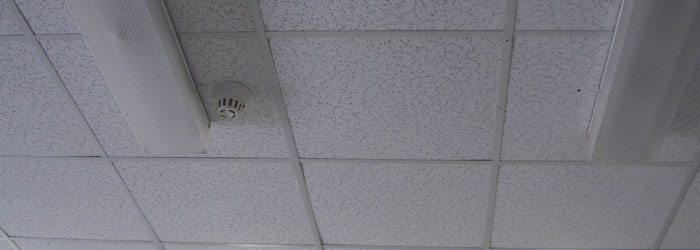
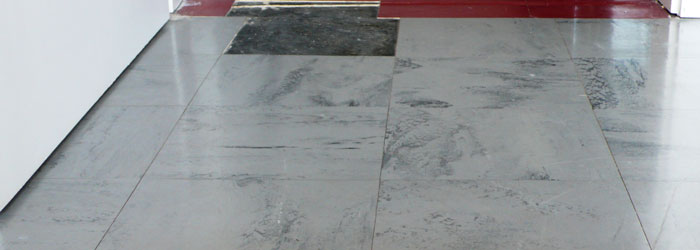
Asbestos in floor tiles
In floor tiles, asbestos is used primarily for its insulating properties and fire resistance. In addition to the tiles themselves, the mastic injected between the tiles may also contain asbestos.
Although asbestos is now completely banned, it has not disappeared from our daily lives. The ban only applies to new materials, while millions of contaminated products have been accumulating in our homes and commercial premises for decades.
To avoid all risks related to asbestos exposure, it is therefore important to test your home. If asbestos has been discovered, then you should hire qualified professionals to safely remove all contaminated materials.

